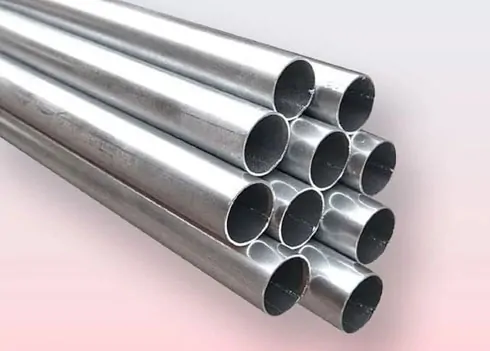Introduction
When it comes to ensuring smooth, durable, and stable movement in doors, cabinets, or industrial enclosures, stainless steel piano hinges are an excellent choice. Also known as continuous hinges, these long, slender hinges provide uniform strength and load distribution along the entire length of the door or panel. Their stainless steel construction makes them ideal for both commercial and industrial applications, offering exceptional corrosion resistance and longevity.
1. What Are Stainless Steel Piano Hinges?
Stainless steel piano hinges are continuous hinges that run the full length of the surface they support. Typically used in pianos—hence the name—these hinges have evolved into a crucial hardware component for a wide range of industries. They are made from high-quality stainless steel, which provides superior strength and protection against rust, making them suitable for harsh environments.
Applications include marine equipment, electrical enclosures, storage boxes, vehicle compartments, and even architectural doors.
2. Advantages of Stainless Steel Piano Hinges
a. Superior Corrosion Resistance
Stainless steel offers excellent resistance to moisture, chemicals, and environmental exposure. This makes piano hinges a great choice for outdoor, marine, and industrial applications where durability matters most.
b. Even Load Distribution
Unlike standard hinges that focus stress on specific points, stainless steel piano hinges distribute the weight evenly across the length of the door or panel. This prevents warping, bending, or premature wear.
c. Strength and Stability
These hinges can support heavy loads, making them ideal for large doors, machinery panels, and equipment enclosures. Their continuous design ensures minimal movement between joints, reducing the risk of misalignment.
d. Low Maintenance and Longevity
Thanks to their robust design and corrosion-resistant material, stainless steel piano hinges require little maintenance. They retain smooth functionality over years of use, even in high-humidity or high-traffic conditions.
3. Common Applications
Stainless steel piano hinges are widely used in:
-
Marine and Offshore Equipment: For cabinets, lockers, and compartments exposed to saltwater.
-
Industrial Machinery: For access doors, control panels, and enclosures.
-
Architectural Projects: For heavy doors, gates, or partitions.
-
Automotive and Aerospace: For compartments, panels, and storage units.
-
Furniture and Cabinets: For lids and foldable structures requiring consistent alignment.
4. Choosing the Right Stainless Steel Piano Hinge
When selecting a stainless steel piano hinge, consider factors such as material grade (like SS 304 or SS 316), hinge length, thickness, and finish. SS 316 hinges, for instance, are better suited for marine or corrosive environments due to their enhanced resistance to salt and chemicals.
Conclusion
Durability, versatility, and smooth performance make stainless steel piano hinges an ideal choice for a variety of structural and industrial uses. Whether in harsh marine environments or heavy-duty machinery, these hinges provide unmatched reliability and strength. Investing in quality stainless steel piano hinges ensures long-term functionality and safety in your projects.







